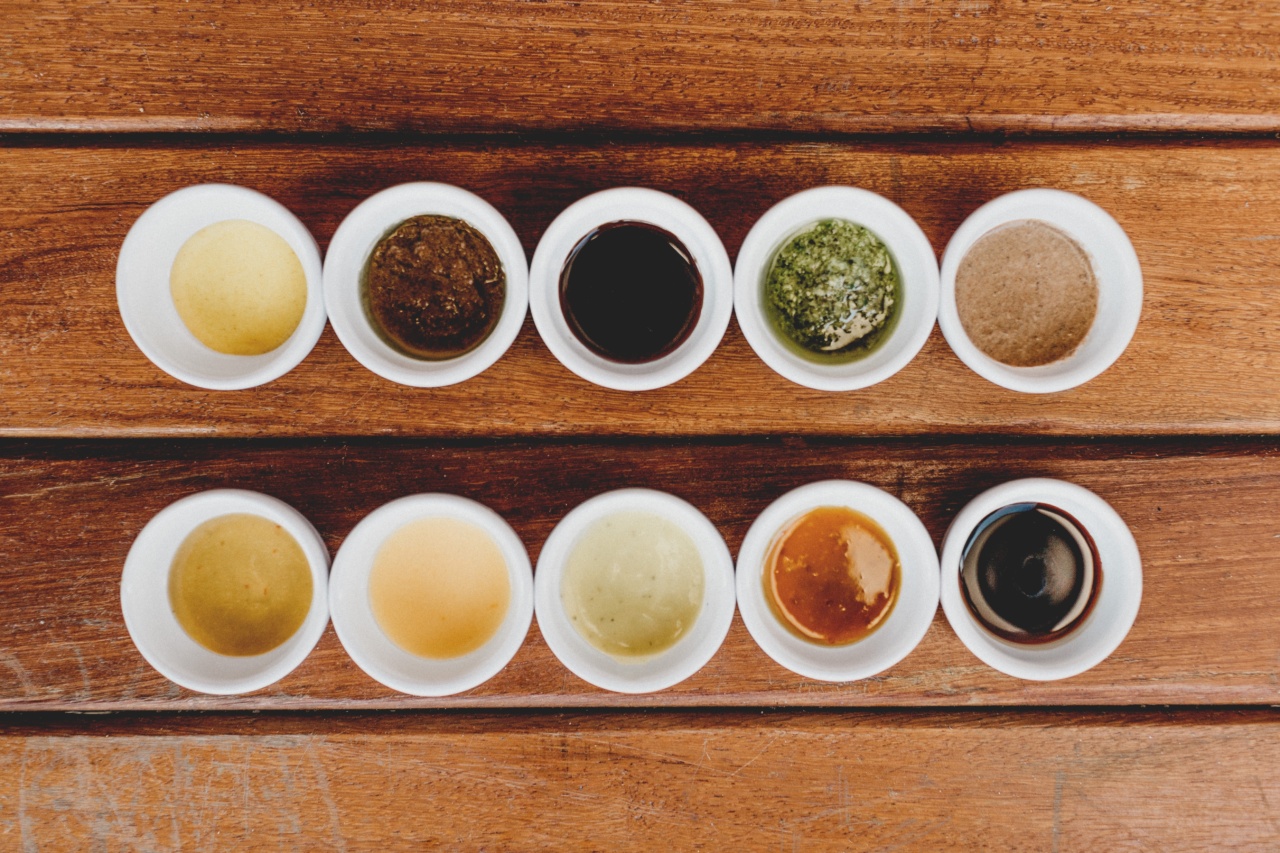Acne is a common skin condition that can affect people of all ages and gender. This skin condition can cause various types of pimples, blackheads, whiteheads, nodules, and cysts on your skin.
Acne can occur due to hormonal changes, genetics, diet, stress, and lifestyle habits. Understanding the different types of acne is essential for choosing the right treatments. In this article, we will discuss the various types of acne and their treatments.
Types of Acne
1. Whiteheads
Whiteheads also known as closed comedones, are small, raised bumps on the skin that are caused by the buildup of oil and dead skin cells. The trapped oil and dead skin cells create a small white bump on the skin.
2. Blackheads
Blackheads, also known as open comedones, are small black bumps that appear on the skin. Blackheads occur when hair follicles become clogged with oil and dead skin cells, and the excess oil oxidizes, giving the skin a black appearance.
3. Papules
Papules are small red, raised bumps on the skin. They occur when hair follicles become inflamed, resulting in an infection. Papules can be painful and can progress into pustules.
4. Pustules
Pustules are red, raised bumps with pus-filled centers. They occur when the hair follicle becomes infected with bacteria and pus. Pustules are often painful and can lead to scarring if not treated properly.
5. Nodules
Nodules are large, painful bumps that occur deep within the skin. They are caused by the buildup of oil and dead skin cells, which create a hard, painful lump. Nodules can lead to scarring and should be treated by a dermatologist.
6. Cysts
Cysts are large, painful bumps that form deep within the skin. They are similar to nodules but are filled with pus and are often softer to the touch. Cysts can cause scarring and should be treated by a dermatologist to prevent further damage to the skin.
Treatments for Acne
1. Topical Medications
Topical medications are creams, gels, or lotions that are applied directly to the skin to treat acne. These medications contain ingredients that help to unclog pores and reduce inflammation.
The most common topical medications include benzoyl peroxide, salicylic acid, and retinoids.
2. Oral Medications
Oral medications are pills or capsules that are taken orally to treat acne. These medications are prescribed by a dermatologist and are used in severe cases of acne.
The most common oral medications include antibiotics, isotretinoin, and hormonal treatments.
3. Chemical Peels
Chemical peels are a cosmetic treatment that involves applying a chemical solution to the skin to exfoliate the skin’s surface. Chemical peels can help to improve skin texture and tone and reduce the appearance of acne scars.
4. Laser and Light Therapy
Laser and light therapy are cosmetic treatments that use beams of light to target acne-causing bacteria and reduce inflammation. These treatments can help to improve the appearance of acne scars and prevent new breakouts from occurring.
5. Lifestyle Changes
Lifestyle changes such as regular exercise, a balanced diet, and stress management can help to improve acne. It is important to avoid excessive consumption of processed foods, sugar, and dairy, as they can contribute to acne breakouts.
Drinking plenty of water and getting adequate sleep can also improve skin health and prevent acne.
6. Home Remedies
Home remedies such as tea tree oil, aloe vera, and honey can help to reduce inflammation and improve acne. These remedies can be applied directly to the skin and can be used in conjunction with other acne treatments.
Conclusion
Acne is a common skin condition that affects people of all ages and genders. Understanding the different types of acne is essential for choosing the right treatments.
Topical and oral medications, chemical peels, laser and light therapy, lifestyle changes, and home remedies can all be effective treatments for acne. It is important to consult with a dermatologist to determine the best treatment plan for your specific type of acne and skin condition.




























